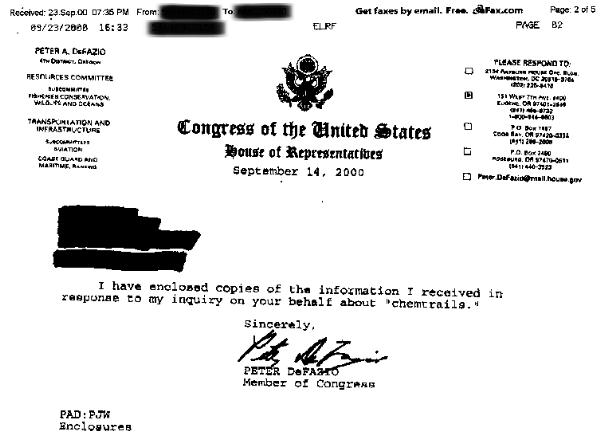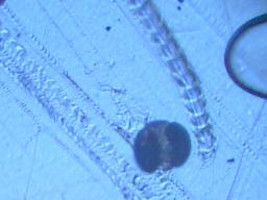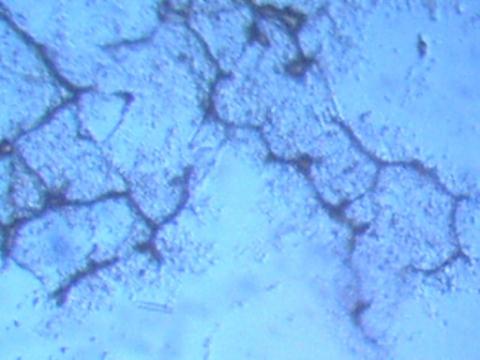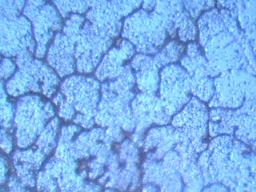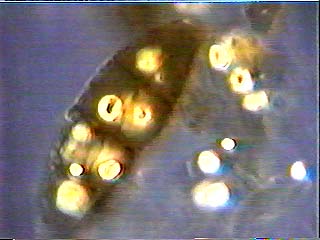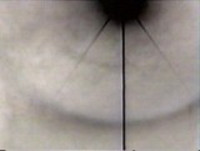
HALO MEASUREMENTS: INDEX OF REFRACTION (Edited May 29 2013)
Presented in this paper is a detailed analysis of a method for determining the index of refraction of materials in the sky that produce the halos being seen around the sun after aircraft activity observed recently. The trigonometric method presented allows the calculation of not only the index of refraction, but also the angle of the halo. The significance of this method is that the chemical and physical nature of ice, as well as historic measurements, establish what the index of refraction and the halo angular measurement should be. Measurements that deviate from the expected result inform us that the materials forming the aircraft-generated halos, cirrus and cirro-stratus cloud decks are no longer composed solely of ice as if often claimed.
An actual calculation is performed, using a halo from a picture presented in this paper, and applying this method for determining the index of refraction and halo angle in the picture. The measurement calculation proves that the halo in the picture is not made up of only ice, refuting previous claims of the halo being only ice.

